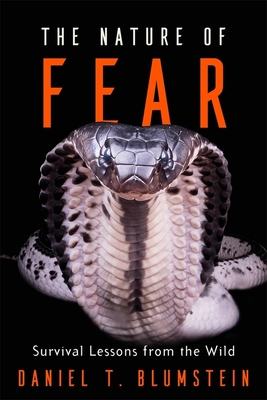Expedite your nonfiction book discovery process with Readara interviews, summaries and recommendations, Broaden your knowledge and gain insights from leading experts and scholars
In-depth, hour-long interviews with notable nonfiction authors, Gain new perspectives and ideas from the writer’s expertise and research, Valuable resource for readers and researchers
Optimize your book discovery process, Four-to eight-page summaries prepared by subject matter experts, Quickly review the book’s central messages and range of content
Books are handpicked covering a wide range of important categories and topics, Selected authors are subject experts, field professionals, or distinguished academics
Our editorial team includes books offering insights, unique views and researched-narratives in categories, Trade shows and book fairs, Book signings and in person author talks,Webinars and online events
Connect with editors and designers,Discover PR & marketing services providers, Source printers and related service providers

The Nature of Fear: Survival Lessons from the Wild
Science > Life Sciences - Zoology - Ethology (Animal Behavior)
- Harvard University Press
- Hardcover
- 9780674916487
- 8.1 X 5.8 X 0.9 inches
- 0.9 pounds
- Science > Life Sciences - Zoology - Ethology (Animal Behavior)
- (Single Author) Asian American
- English
Readara.com
Book Description
A leading expert in animal behavior takes us into the wild to better understand and manage our fears.
Fear, honed by millions of years of natural selection, kept our ancestors alive. Whether by slithering away, curling up in a ball, or standing still in the presence of a predator, humans and other animals have evolved complex behaviors in order to survive the hazards the world presents. But, despite our evolutionary endurance, we still have much to learn about how to manage our response to danger.
For more than thirty years, Daniel Blumstein has been studying animals' fear responses. His observations lead to a firm conclusion: fear preserves security, but at great cost. A foraging flock of birds expends valuable energy by quickly taking flight when a raptor appears. And though the birds might successfully escape, they leave their food source behind. Giant clams protect their valuable tissue by retracting their mantles and closing their shells when a shadow passes overhead, but then they are unable to photosynthesize, losing the capacity to grow. Among humans, fear is often an understandable and justifiable response to sources of threat, but it can exact a high toll on health and productivity.
Delving into the evolutionary origins and ecological contexts of fear across species, The Nature of Fear considers what we can learn from our fellow animals--from successes and failures. By observing how animals leverage alarm to their advantage, we can develop new strategies for facing risks without panic.
Author Bio
Broadly, I am interested in the evolution of social and antipredator behavior and the ramifications mechanisms of behavior have for higher level ecological processes and for wildlife conservation. I have spent over a decade studying the evolution of complex communication and sociality and used the 14 species of marmots (Marmota-cat-sized sciurid rodents found throughout the northern hemisphere) as a model system.
Much of my marmot work now focuses on the yellow-bellied marmots of the Rocky Mountain Biological Laboratory (www.rmbl.org) which have been studied continuously since 1962.
A main theme in my research is integrating knowledge of animal behavior into conservation biology. Ultimately, I aim to illustrate, through examples, how knowledge of behavior should influence policy.
In addition to my more theoretical work, I've been actively engaged in using ecotourism as a form of community development and as a way to conserve natural resources. My theoretical research interests are particularly relevant to the applied work because ecotourism can adversely impact wildlife. Ultimately, it is the wildlife's perception of human impacts that matters.
Source: University of California Los Angeles - Ecology & Evolutionary Biology
Videos






Community reviews
No Community reviews

